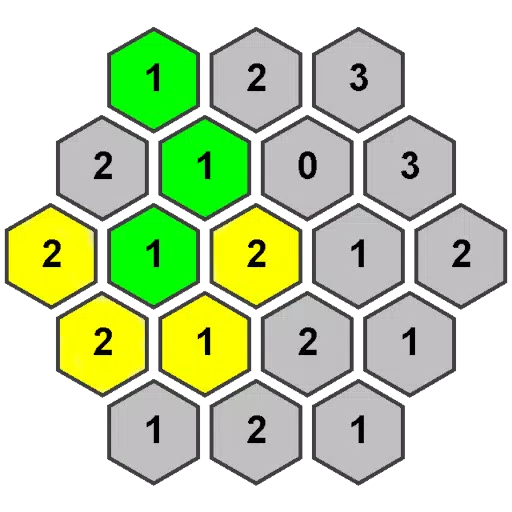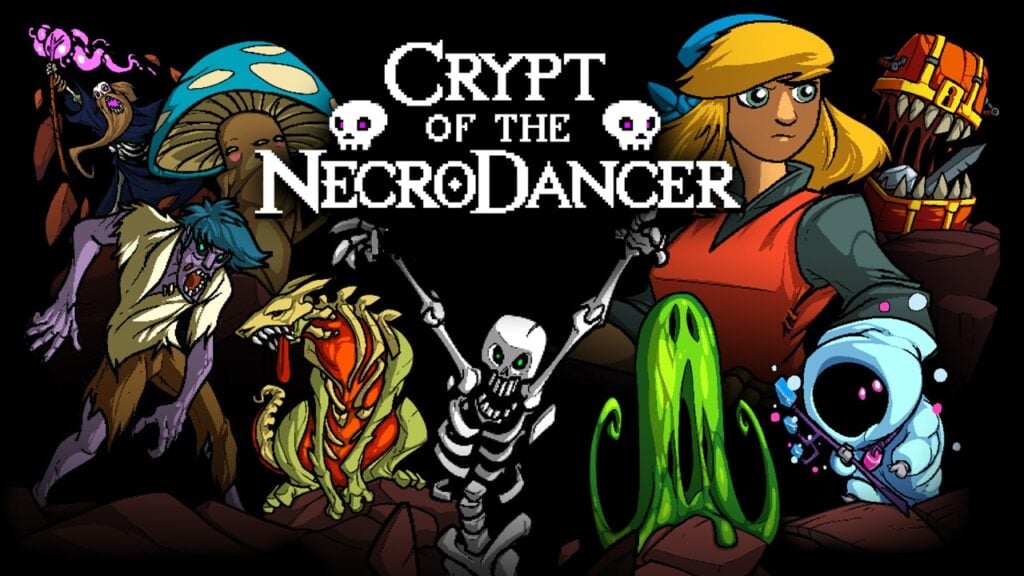Amazon Prime's animated adaptation of Robert Kirkman's Invincible comic book series has garnered significant attention, blending intense action, complex characters, and morally grey storytelling. However, translating the expansive comic narrative to a television format necessitated changes, some subtle, others more pronounced. This analysis examines key differences between the series and the comics, critiques the third season's shortcomings, and explores the impact of these adaptations on the overall narrative.
Table of Contents
- From Page to Screen: Key Adaptational Choices
- Mark Grayson's Accelerated Journey
- Supporting Characters: Shifting Dynamics
- Streamlined Villains: Pacing Over Nuance
- Amplified Action: Visual Spectacle vs. Source Material
- Moral Exploration: Themes and Emphasis
- Season 3's Underwhelming Reception: A Critical Look
- Repetitive Story Arcs: Déjà Vu
- Cecil's Underdeveloped Subplot
- Diminished Action Impact
- Slow Start, Delayed Momentum
- Balancing Adaptation and Innovation
- Reasons to Continue Watching (Spoiler Alert!)
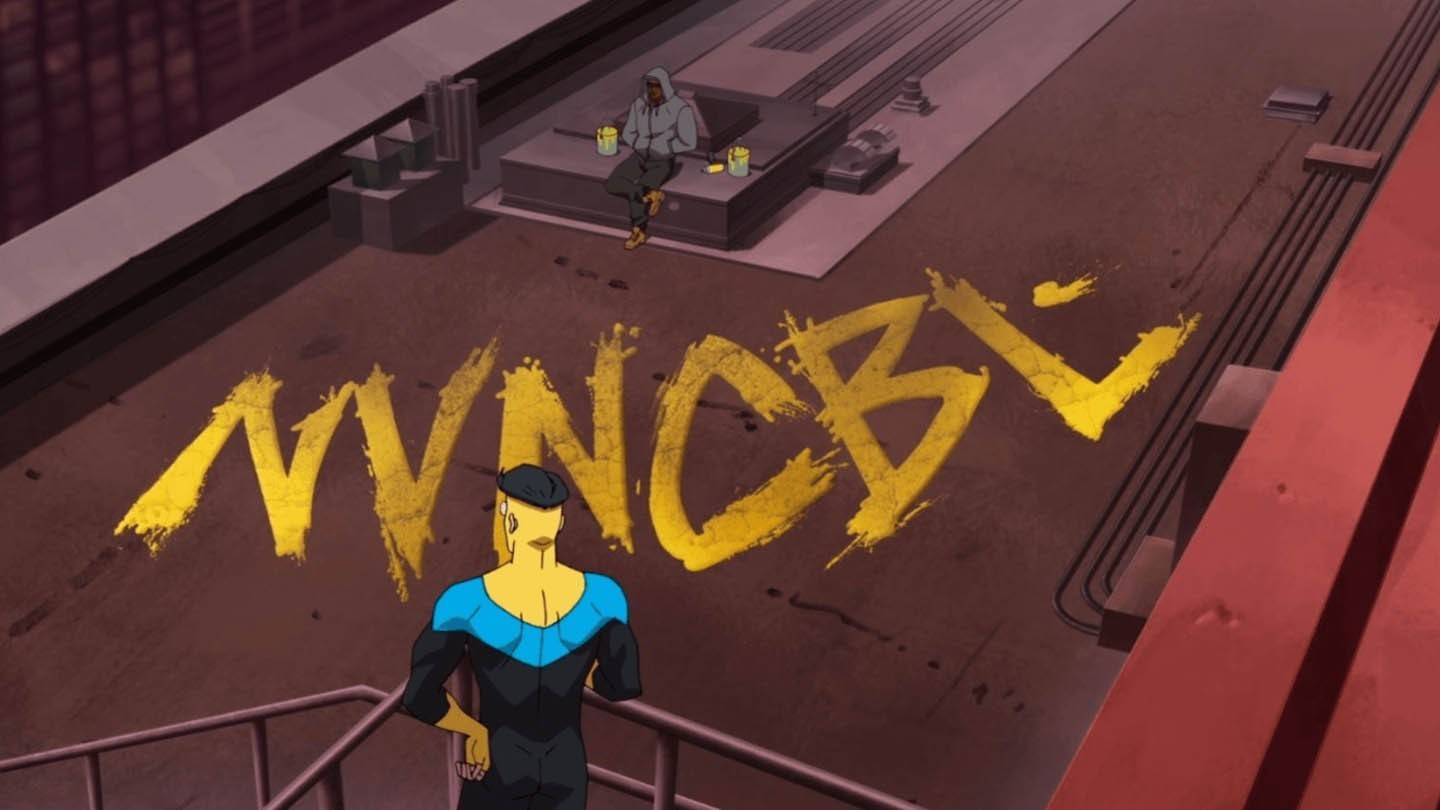 Image: amazon.com
Image: amazon.com
Mark Grayson's Accelerated Journey: Compression vs. Gradual Growth
A primary difference lies in Mark Grayson's portrayal. The comics depict a gradual superhero transformation, allowing for in-depth exploration of his moral struggles and character development. The series accelerates this process, prioritizing plot urgency over nuanced character growth. While maintaining viewer engagement, this condensation may leave long-term fans feeling certain aspects were rushed.
Supporting Cast Dynamics: Screen Time Shifts
 Image: amazon.com
Image: amazon.com
Supporting characters experience significant shifts in screen time. Allen the Alien, for example, gains prominence, adding humor and context. Conversely, characters like Battle Beast receive less focus, potentially disappointing comic book fans. These adjustments reflect narrative streamlining and broader audience appeal.
Antagonists: Simplified Motivations for Pacing
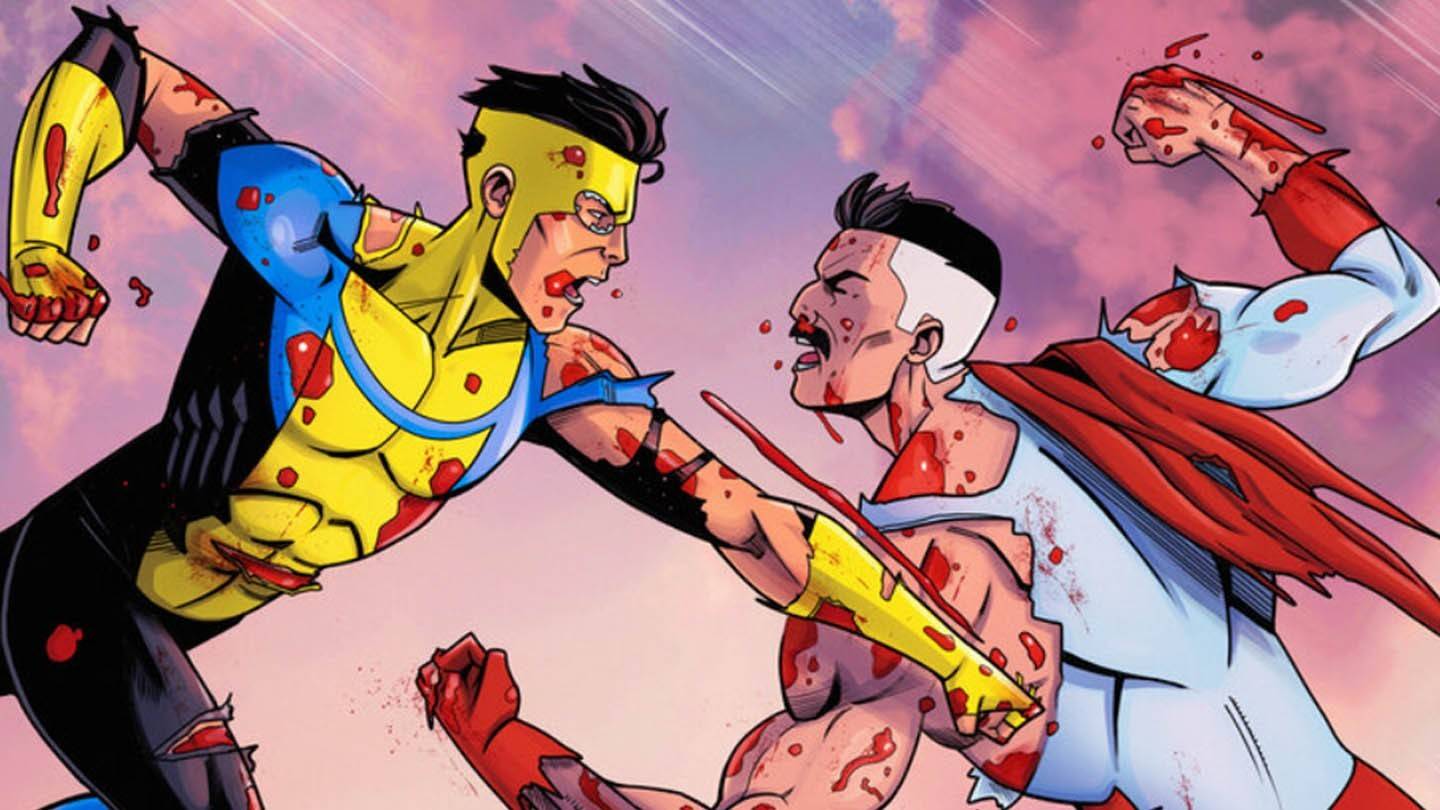 Image: amazon.com
Image: amazon.com
Villains like Conquest and the Shadow Council receive more intricate portrayals in the comics. The series simplifies their motivations for pacing, prioritizing high-stakes action over in-depth character exploration. While enhancing accessibility, this simplification risks diminishing their complexity. Omni-Man's betrayal, for instance, feels more immediate in the series than the gradual descent depicted in the comics.
Action Sequences: Enhanced Visuals and Choreography
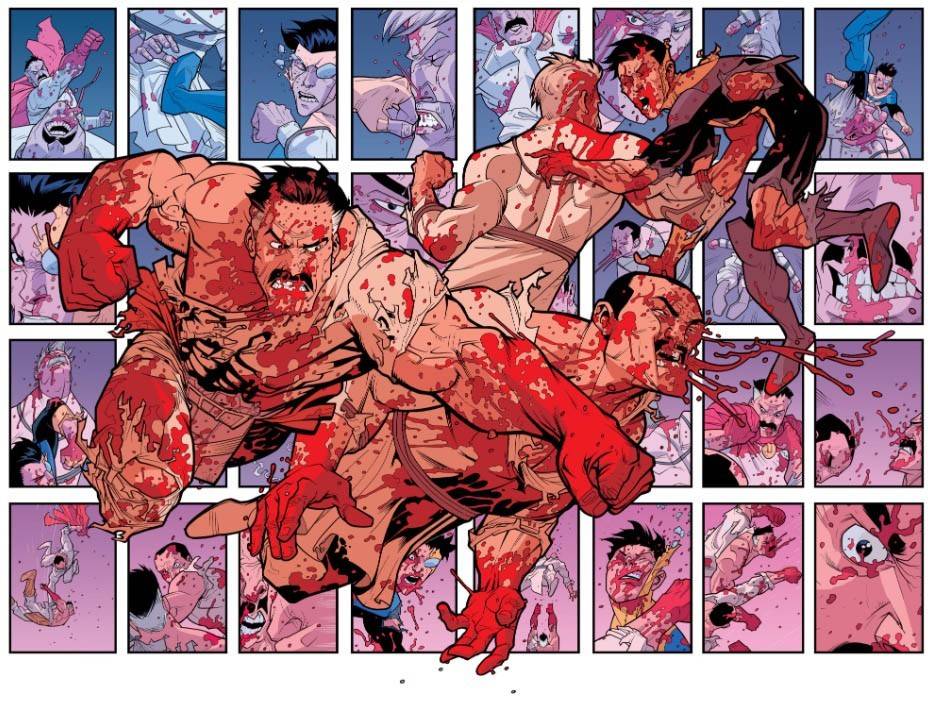 Image: amazon.com
Image: amazon.com
The series excels in its visually stunning action sequences, utilizing animation's capabilities for dynamic choreography and special effects. Battles against the Viltrumites or Conquest are breathtaking. However, these sequences sometimes deviate from the comics, though generally enhancing rather than detracting from the overall experience.
Thematic Exploration: Morality and Legacy
 Image: amazon.com
Image: amazon.com
The series emphasizes themes like morality, power, and legacy, reflecting the episodic format's demands. Mark's internal conflict regarding his father's actions receives more focus. Conversely, other philosophical themes related to superhuman existence are downplayed for narrative clarity.
Season 3 Critique: A Diminished Spark
Despite the acclaim for the first two seasons, Season 3 disappointed many fans.
Repetitive Storylines: Familiar Ground Retreaded
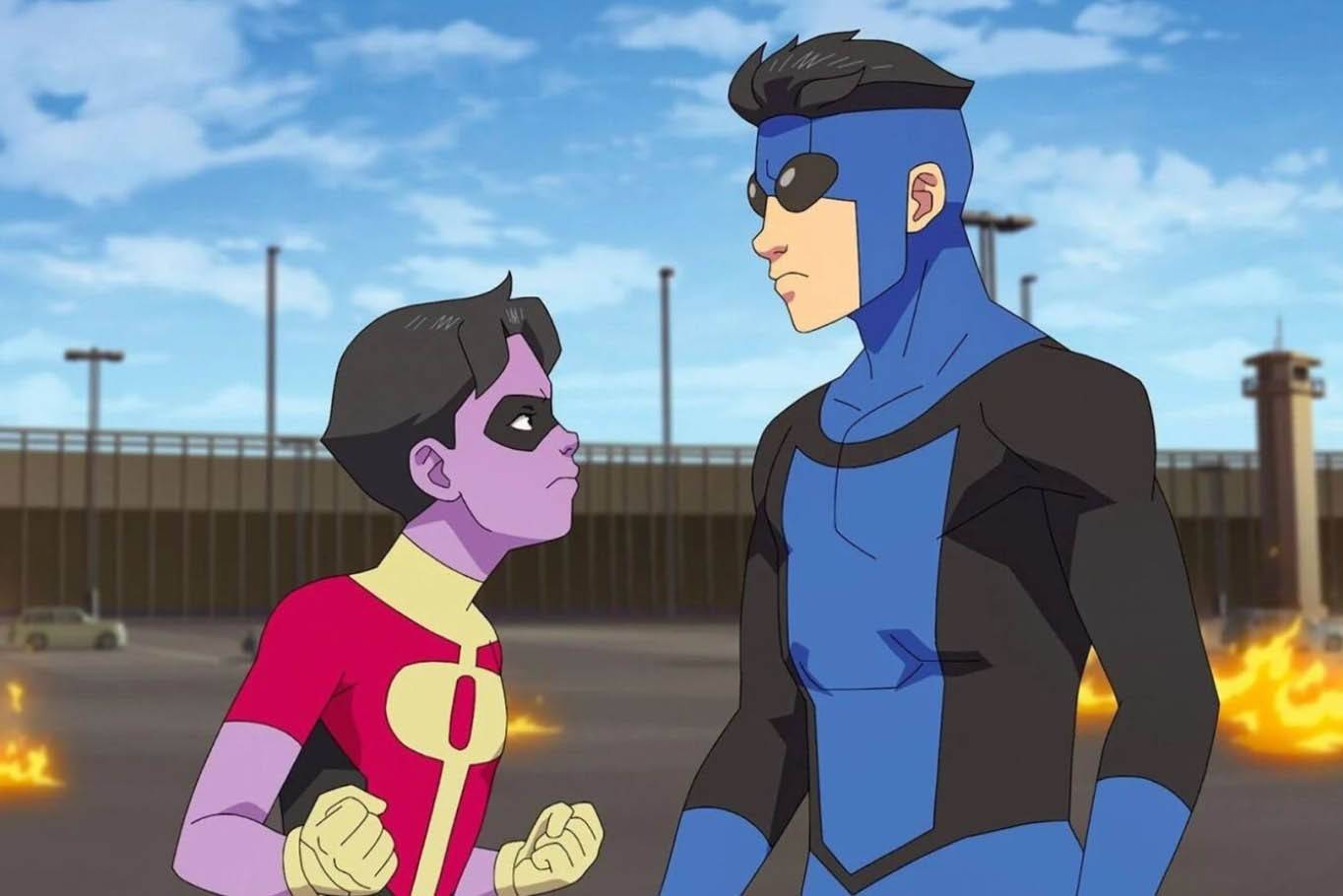 Image: amazon.com
Image: amazon.com
Season 3's reliance on familiar tropes and storylines is a recurring criticism. The earlier seasons surprised viewers with unexpected twists and turns. Season 3, however, revisits these themes without offering significant novelty. Mark's internal conflict, for example, feels repetitive.
Cecil's Subplot: A Missed Opportunity
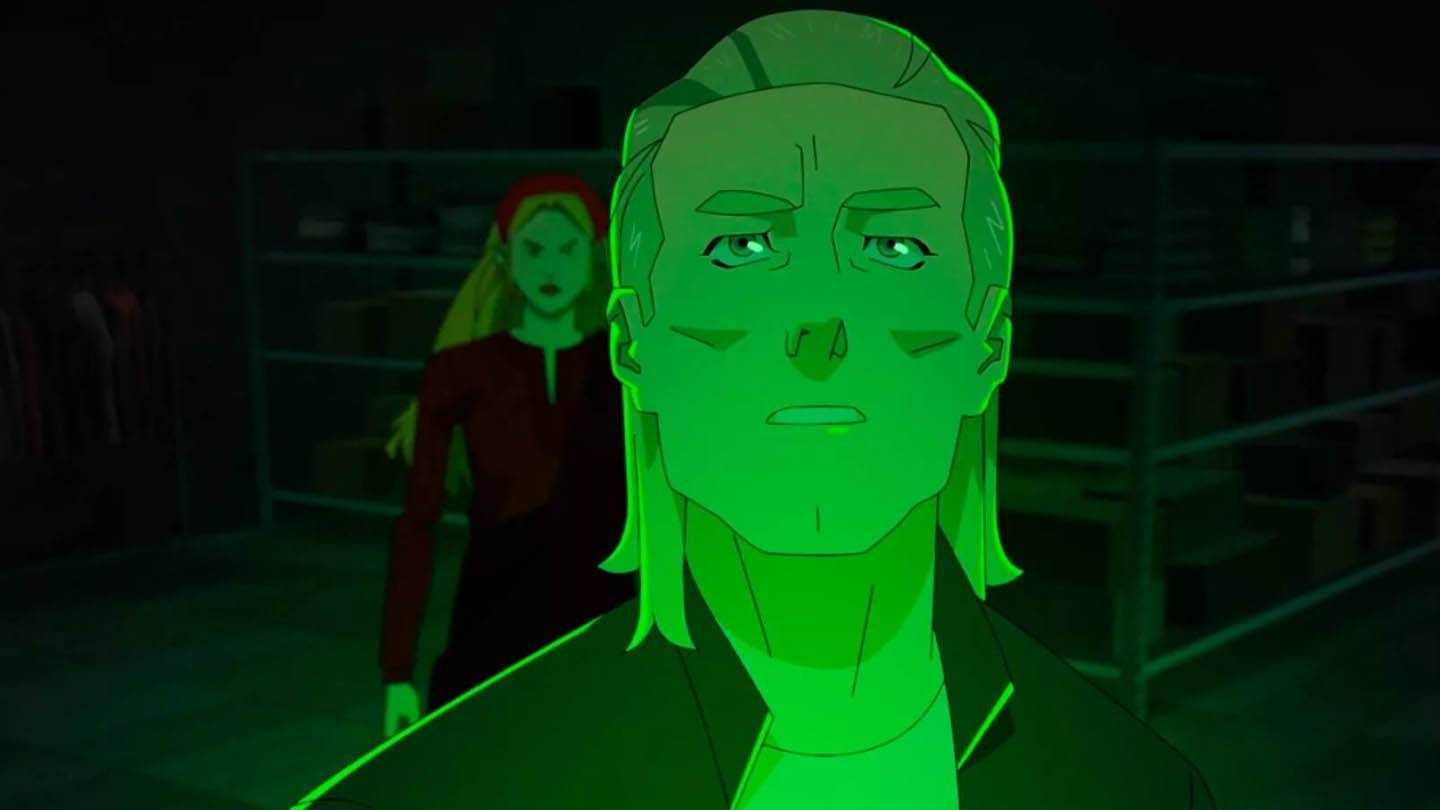 Image: amazon.com
Image: amazon.com
Cecil's subplot, involving criminal rehabilitation, is an interesting addition but feels overly idealistic and naive within the show's morally ambiguous setting. This disconnect undermines the emotional impact.
Lackluster Action: Lost Intensity
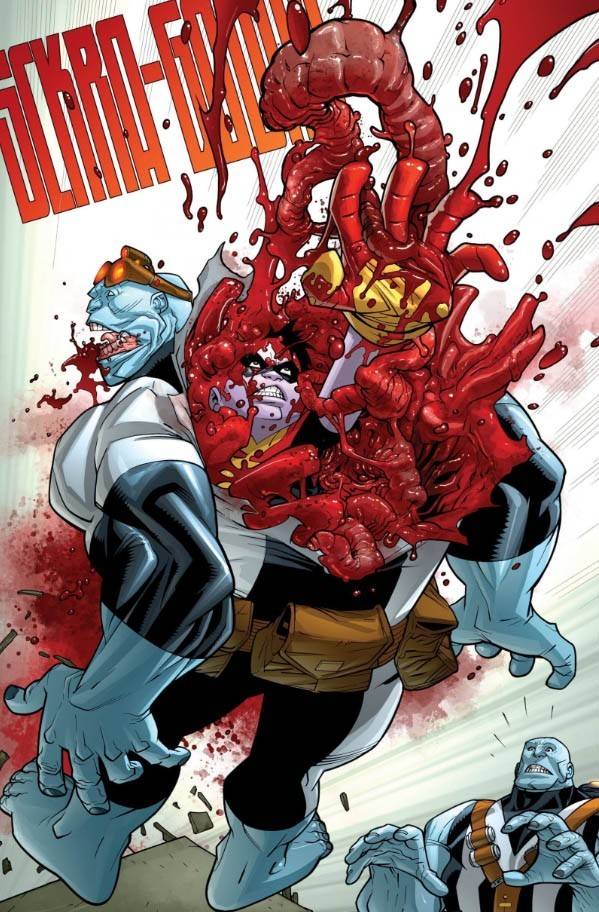 Image: amazon.com
Image: amazon.com
Even the action sequences, previously a highlight, feel less impactful in Season 3. While visually impressive, they lack the emotional resonance of earlier seasons. The stakes feel lower, diminishing the impact.
Slow Start: Delayed Momentum
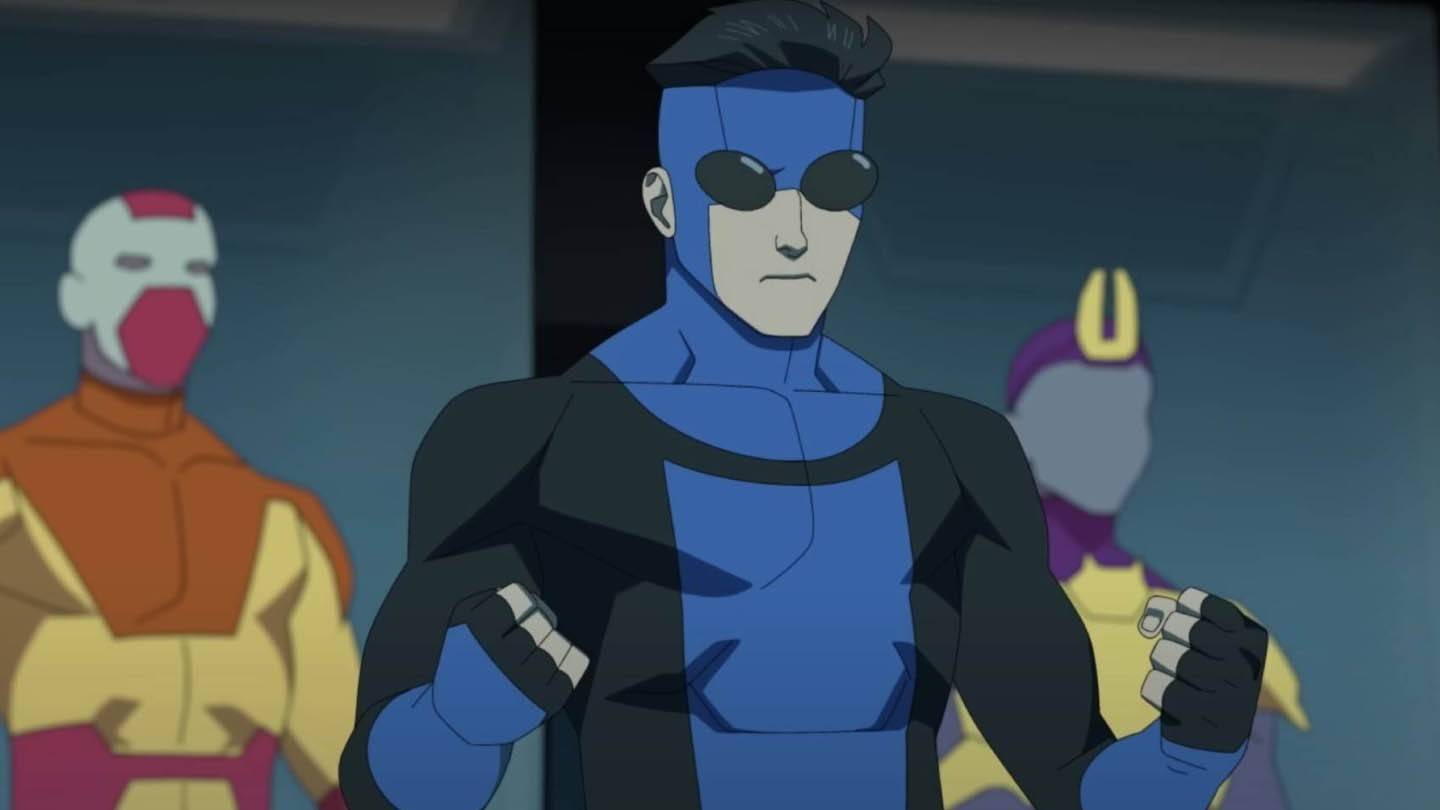 Image: amazon.com
Image: amazon.com
Season 3's slow start, featuring generic villains and threats, is another point of contention. The delayed momentum diminishes the initial excitement.
Balancing Adaptation and Innovation
The Invincible series successfully captures the essence of the comics while adapting for television. However, Season 3 highlights the challenges of maintaining this balance. Over-reliance on familiar tropes and prioritizing spectacle over depth can detract from the original material's strengths. Future seasons need to innovate and surprise to maintain audience engagement.
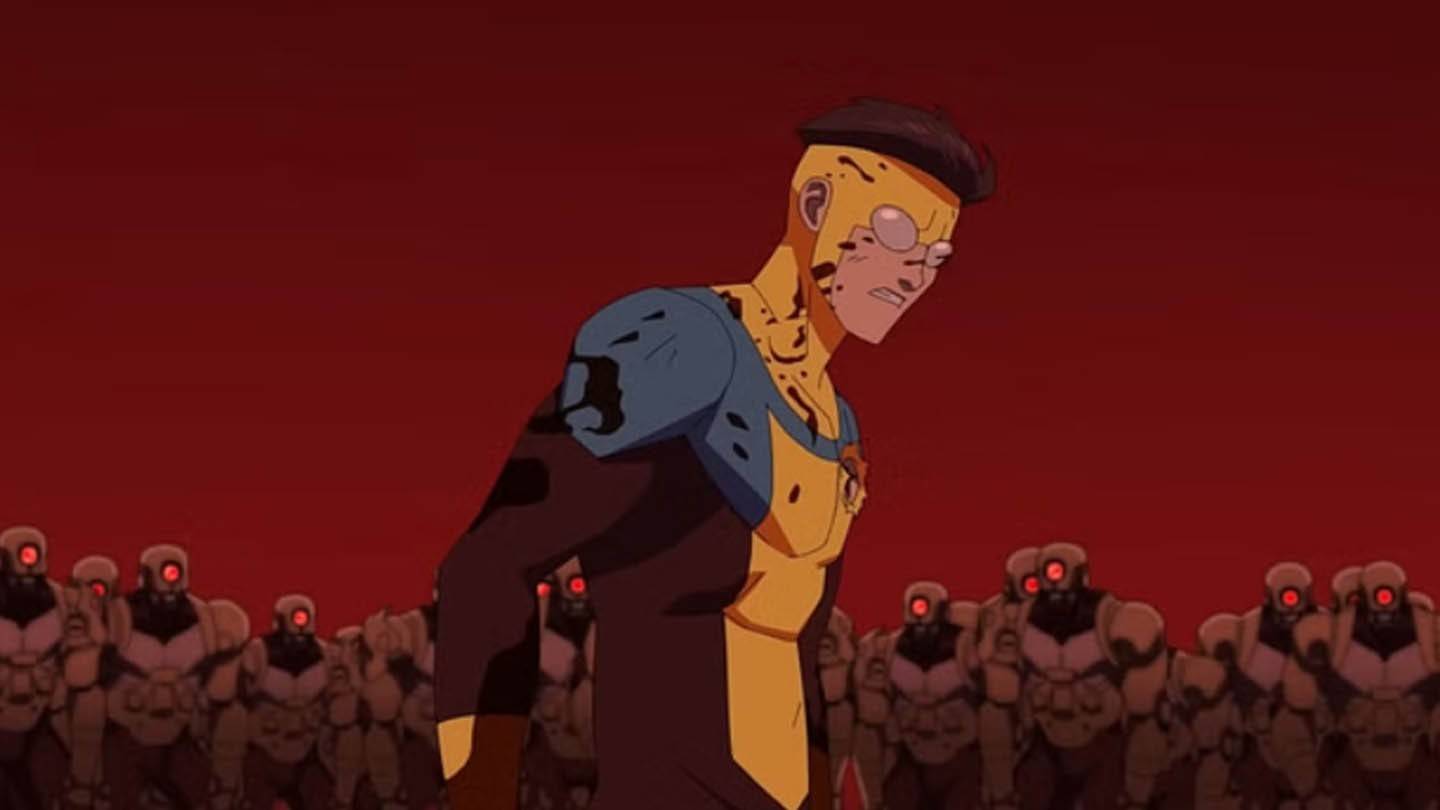 Image: amazon.com
Image: amazon.com
Why Fans Should Still Watch (Spoiler Alert!)
 Image: amazon.com
Image: amazon.com
Despite its flaws, Invincible remains visually impressive and engaging. The intense action, compelling characters, and thought-provoking themes continue to hold appeal. However, viewers should temper expectations; the spark of the earlier seasons is somewhat diminished. The future remains uncertain, especially considering the limitations of adapting a completed work.
 Home
Home  Navigation
Navigation






 Latest Articles
Latest Articles

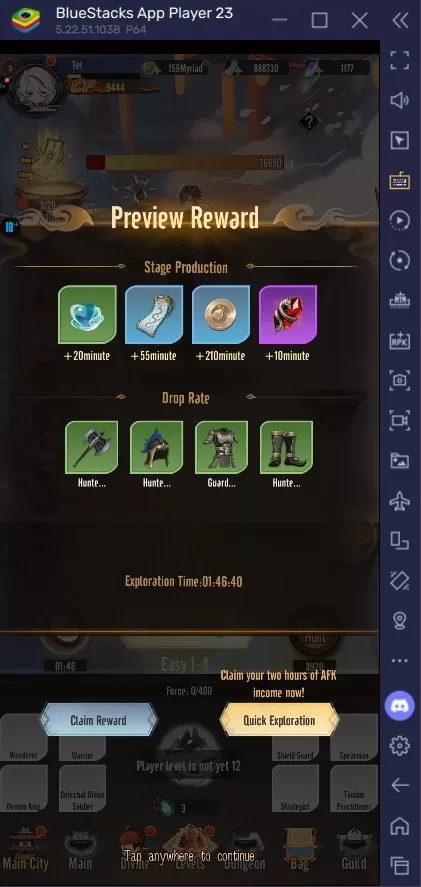








 Latest Games
Latest Games









